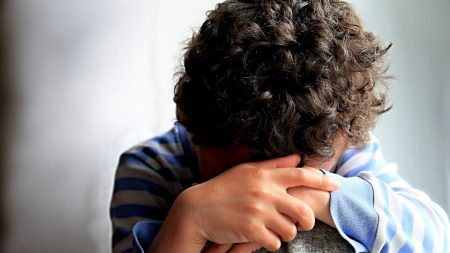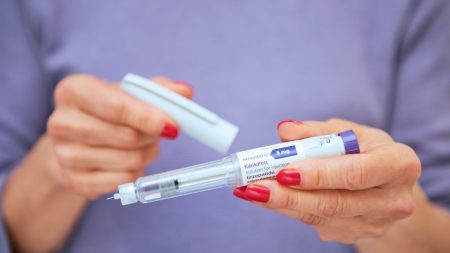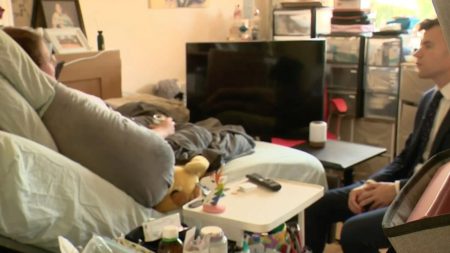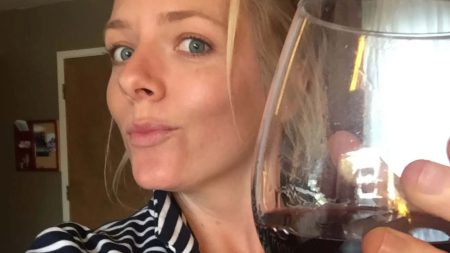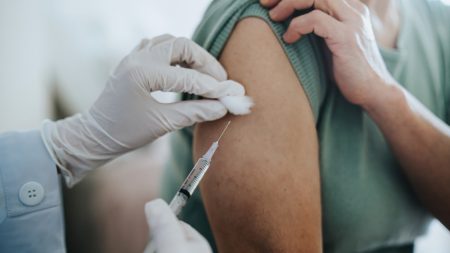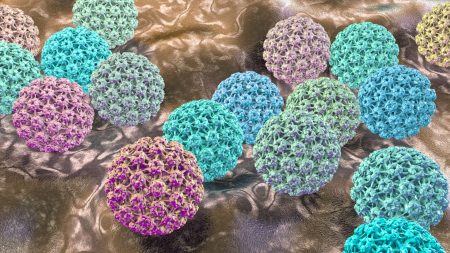The January doldrums can affect many aspects of life, including our sex lives. The cold weather, post-holiday body image concerns, and general winter blues can contribute to a dip in libido. However, several underlying physiological and psychological factors are at play, creating a more complex picture than simply blaming the chilly temperatures.
One such factor is the phenomenon sometimes referred to as “winter vagina,” characterized by vaginal dryness and irritation. While not an official medical term, it reflects the reality of how colder temperatures can impact vaginal health. Just as skin and hair become dry in winter, so too can the vaginal area, leading to discomfort and decreased interest in sex. Practical solutions include using lubricants and prioritizing self-care practices like wearing cotton underwear and avoiding harsh soaps. Persistent dryness, however, warrants a consultation with a healthcare professional, as it could indicate underlying conditions like menopause.
The lingering stress from the holiday season also plays a significant role in dampening libido. The emotional and physical exhaustion that often accompanies the festivities can extend well into January, impacting overall well-being and subsequently affecting sexual desire. Managing stress through relaxation techniques, mindfulness, and self-care is crucial for restoring balance and reigniting intimacy. Recognizing the connection between stress and libido is the first step toward addressing this often overlooked aspect of post-holiday recovery.
Seasonal Affective Disorder (SAD), or “winter depression,” is another significant contributor to lowered sex drive. The reduced daylight hours disrupt serotonin production, a neurotransmitter vital for mood regulation. This can lead to a persistent low mood, loss of interest in activities, irritability, lethargy, and decreased libido. Combating SAD requires a multi-pronged approach, including maximizing exposure to natural light, using light therapy boxes, engaging in regular exercise, and seeking professional support when necessary. Addressing SAD is essential not only for improving mood but also for reviving sexual interest.
Furthermore, seasonal fatigue, often exacerbated by vitamin D deficiency due to limited sunlight exposure, can contribute to a lack of energy and motivation, further diminishing the desire for sex. This general tiredness can make it difficult to muster the enthusiasm for physical intimacy. Addressing vitamin deficiencies and adopting strategies to improve sleep quality and energy levels can help combat fatigue and potentially restore sexual desire. Consulting a doctor or pharmacist can help identify appropriate interventions and rule out any underlying medical conditions.
Beyond these specific factors, the overall atmosphere of January can feel somewhat stagnant. The excitement of the holidays has subsided, and the anticipation of spring is still distant. This sense of flatness can permeate various aspects of life, including sexual intimacy. Consciously cultivating connection and intimacy with a partner can help navigate this period. Open communication, prioritizing quality time together, and exploring new ways to connect can reignite the spark and foster a sense of closeness, even amidst the winter blues.
In conclusion, the decline in sexual desire during January is a multifaceted issue influenced by physiological changes, psychological factors, and the general winter atmosphere. Addressing vaginal dryness, managing stress, combating SAD, overcoming seasonal fatigue, and actively nurturing intimacy are crucial steps toward revitalizing one’s sex life during the colder months. Seeking professional guidance when needed is essential for addressing underlying medical conditions and developing personalized strategies to reclaim sexual well-being. Recognizing that the January slump is a common experience and taking proactive steps to address its contributing factors can empower individuals to navigate this period and maintain a fulfilling and connected intimate life.






